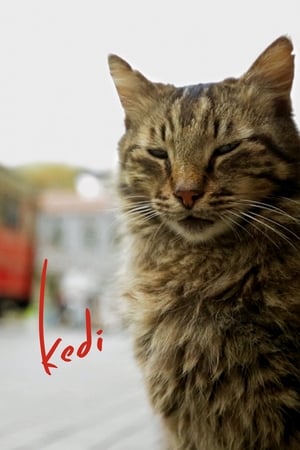

Meu Pescador, Meu Velho(2013)
At a 2005 Carnival night, something mysterious happens at Porto Formoso bay, leaving the fishing boats wrecked. Fishermen decide to build bigger boats, but at the small village harbor it is impossible to deck them. They demand the construction of a new harbor, but many inhabitants are opposed due to a Castle ruins that lay there. If to some residents ruins look worthless, for others they are the village soul and future, as a lot of tourists would like to visit them...While the landscape transforms, we follow the Director voice through the story of the last seven years of this community.
Movie: Meu Pescador, Meu Velho

Meu Pescador, Meu Velho
HomePage
Overview
At a 2005 Carnival night, something mysterious happens at Porto Formoso bay, leaving the fishing boats wrecked. Fishermen decide to build bigger boats, but at the small village harbor it is impossible to deck them. They demand the construction of a new harbor, but many inhabitants are opposed due to a Castle ruins that lay there. If to some residents ruins look worthless, for others they are the village soul and future, as a lot of tourists would like to visit them...While the landscape transforms, we follow the Director voice through the story of the last seven years of this community.
Release Date
2013-09-28
Average
0
Rating:
0.0 startsTagline
Genres
Languages:
PortuguêsEspañolKeywords
Similar Movies
 7.3
7.3Let Us Persevere in What We Have Resolved Before We Forget(en)
On the island of Tanna, a part of Vanuatu, an archipelago in Melanesia, strange rites are enacted and time passes slowly while the inhabitants await the return of the mysterious John.
 6.3
6.3The End of the Line(en)
Examines the devastating effect that overfishing has had on the world's fish populations and argues that drastic action must be taken to reverse these trends. Examines the imminent extinction of bluefin tuna, brought on by increasing western demand for sushi; the impact on marine life resulting in huge overpopulation of jellyfish; and the profound implications of a future world with no fish that would bring certain mass starvation.
 6.6
6.6Turtle: The Incredible Journey(en)
The story of a little loggerhead turtle, as she follows in the path of her ancestors on one of the most extraordinary journeys in the natural world. Born on a beach in Florida, she rides the Gulf Stream up towards the Arctic and ultimately swims around the entire North Atlantic across to Africa and back to the beach where she was born. But the odds are stacked against her; just one in ten thousand turtles survive the journey.
 7.3
7.3Man of Aran(en)
A documentary on the life of the people of the Aran Islands, who were believed to contain the essence of the ancient Irish life, represented by a pure uncorrupted peasant existence centred around the struggle between man and his hostile but magnificent surroundings. A blend of documentary and fictional narrative, the film captures the everyday trials of life on Ireland's unforgiving Aran Islands.
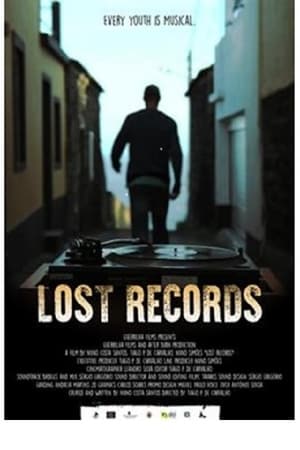 6.0
6.0Lost Records(pt)
A documentary that follows a middle-aged Azorean record obsessive who has lost the vinyl collection of his youth, and so seeks to reconnect with it through talking with the fellow island collectors he grew up with about the music scene of their wilder years.
Afghan Women(en)
The words of the women and the rhythm of their lives in the seclusion of family compounds suggests both the satisfying and the limiting aspects of a woman's role in a rural Afghan community. Filmed in the Balkh Province, an area inhabited by Tajik and other Central Asian peoples. The town of Aq Kupruk is approximately 320 miles northwest of Kabul. The theme of the film focuses on women. The film and accompanying instructor notes examine the economic, political, religious, and educational status of women, their legal and customary rights, and the degree of change in their actual and perceived roles.
 6.6
6.6Leviathan(en)
An experimental portrait of the North American commercial fishing industry through the lens of GoPro cameras placed on a fishing vessel off the coast of New England.
 0.0
0.0Seafighters(gl)
Living among the percebeiros of the Coast of Death (Galicia), this documentary shows a unique relationship between man and his surroundings, man and the sea. At the end of Europe, years after the Prestige oil spill disaster, these fishermen face an uncertain future.
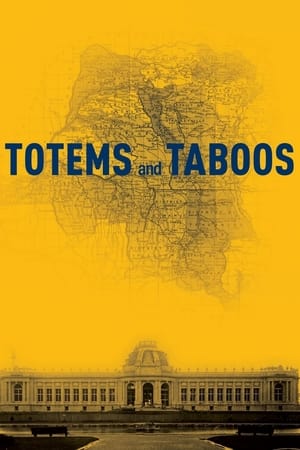 7.0
7.0Totems and Taboos(fr)
In Brussels, Belgium, the Royal Museum of Central Africa is undertaking a radical renovation, both physical and ethical, to show with sincerity, crudeness and open-mindedness the reality of the atrocities perpetrated against the inhabitants of the Belgian colonies in Africa, still haunted and traumatized by the ghost of King Leopold II of Belgium, a racist and genocidal tyrant.
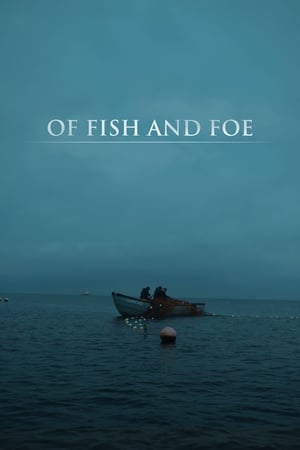 4.0
4.0Of Fish and Foe(en)
The Pullars are the last family using traditional methods to fish for wild Atlantic salmon off the coast of Scotland. When these include killing seals, the salmon’s natural predators, conflict erupts. Animal activist groups Sea Shepherd and Hunt Saboteurs oppose the Pullars at every turn, despite the legality of the fishermen’s actions and the consequences to their livelihood. Challenging preconceptions, this ambiguous doc puts modern environmentalism under the microscope.
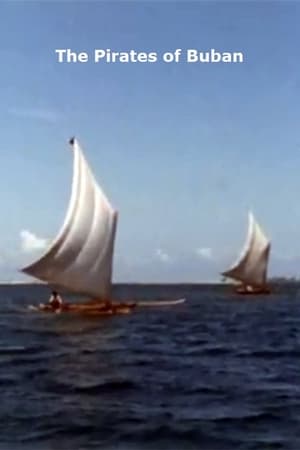 6.5
6.5The Pirates of Buban(ja)
By going to the Philippines, Imamura comes to meet people living in an extreme poverty. He discovers very quickly that some communities are under the control of cruel & armed pirates. Imamura will come to meet those men in order to understand their position.
Fishing Feats(en)
With Pete Smith providing dry off-screen commentary, we watch some serious fishing: a marlin caught near Catalina, a hammerhead shark caught then wrestled in a small rowboat near Baja, the largest (721 pounds) great white shark caught to date in California waters, Chinook Indians catching salmon at Celilo Falls in Oregon - each with his designated place on the river where his ancestors stood, and, last, a crew on a boat off Mexico hoisting and hurling tuna using unbarbed hooks (baited only with a feather) as fast as they can as long as the school is there - backbreaking work - but a $25,000 catch.
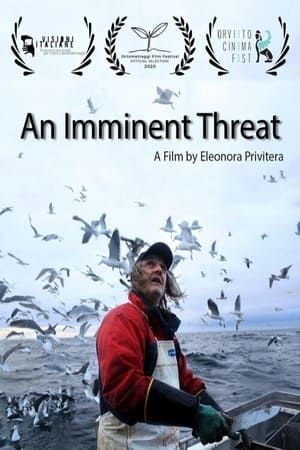 0.0
0.0An Imminent Threat(en)
“An Imminent Threat” follows a fisherman activist, Yngve Larsen, who fights against oil and gas drilling activities in north of Norway. Will Yngve succeed in avoiding the extinction of many species of fish and thus irreversible damage to our planet?
 5.8
5.8Sea Countrymen(it)
Sicily, Granitola, 1955. At the first light of dawn, the fishermen set out in their boats for open water, timing the rhythm of their oars to murmured chants. They set their nets in the sea, regulate the cords, organize the boats in a square. The men’s work becomes increasingly harder as the tuna are hoisted onto the boats, wriggling, beating their tails until death arrives and the water is tinged with blood.
 5.0
5.0Banks of the Nile(en)
With a dual motion a cruise ship and a fishing boat pass one another on the Nile and butlers in turbans set up a wooden gangway. Thanks to a rope and pulley system cows climb skywards then disappear into the hold of the sailing vessel. On the bank, black-haired women rock back and forth, bursting out laughing and showing the first signs of going into a state of trance. Never-before filmed gestures and faces of the people of the Nile succeed one another, uprooted to an unknown, magical world. The Banks of the Nile is one of the first experiments of film in colour that uses the Kinemacolor process.
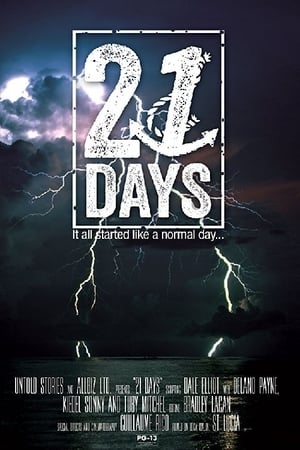 0.0
0.021 Days(en)
21 Days, based on the story of six young fishermen who left Gros-Islet fishing village on a routine fishing expedition and simply vanished. The young men disappeared on February 15, 1985, after they set out on a fishing expedition.
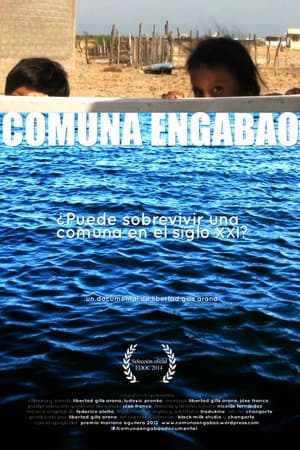 0.0
0.0Comuna Engabao(es)
Can a commune survive in the 21st Century? Engabao, a fishing commune in Ecuador, has historically been a site of land struggle between inhabitants and wealthy businessmen that threaten to convert collective lands into private property. Three founding members of the commune share their life stories, from which we discover that the struggle to survive, both individually and collectively, is one and the same.
